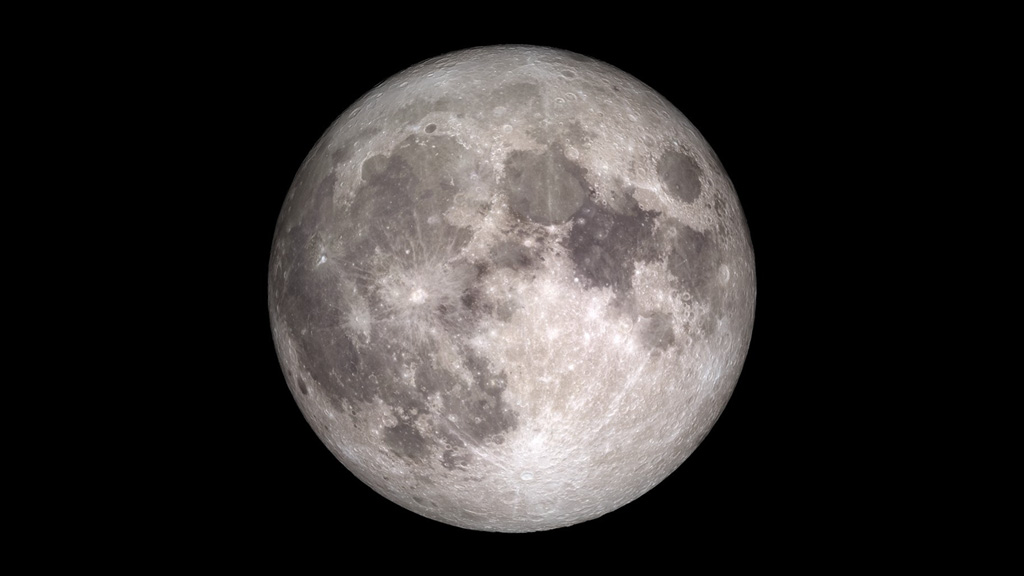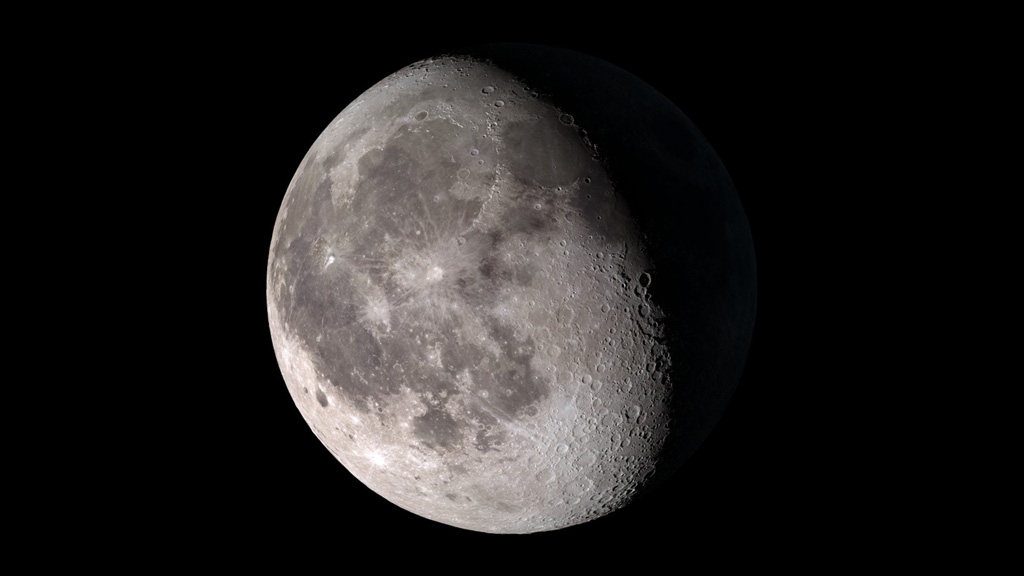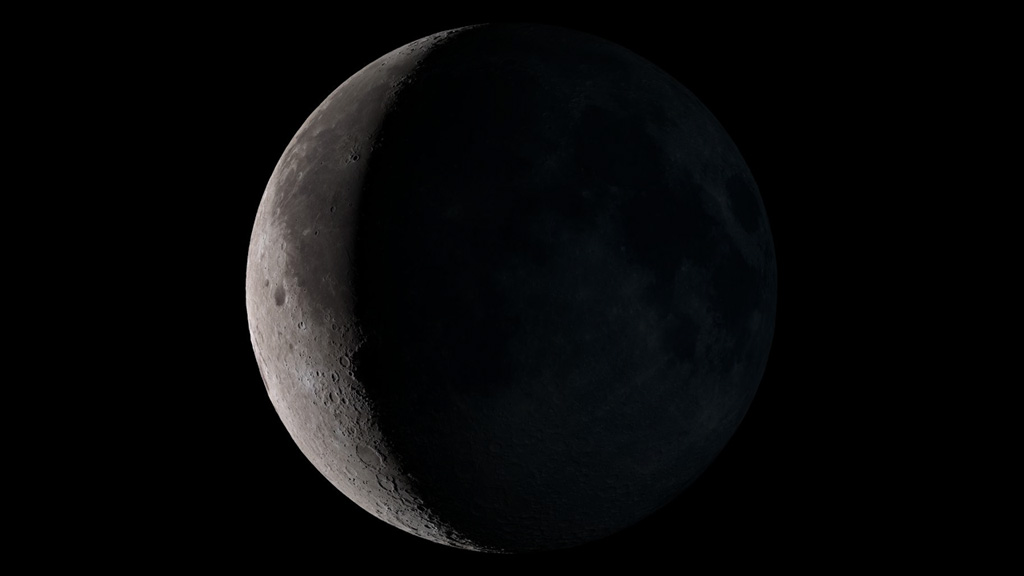Planets and Moons
ID: 11695

The moon always keeps the same face to us, but not exactly the same face. Over the course of a month, the amount of sunlight that illuminates its visible surface changes as it orbits our planet. This results in the different phases of the moon seen from Earth. Every 29.5 days, the moon’s complexion cycles between being completely dark and fully lit. Names like new moon, full moon, waxing crescent and waning gibbous describe its appearance at each stage of this cycle. The tilt and shape of the moon’s orbit also alter the angle from which we view its cratered disc and our perception of its size in the night sky. When the moon’s motions over a year are compressed into minutes, it appears to wobble—a feature called libration—and grow or shrink over time. Watch the video to see how the moon will look from the Northern Hemisphere for every day of 2015.





Every Moon of 2015






Related Stories
Story Credits
Visualizer/Animator:
Ernie Wright (USRA)
Producer:
Katrina Jackson (ARTS)
Lead Scientists:
John Keller (NASA/GSFC)
Noah Petro (NASA/GSFC)
Lead Writer:
Ernie Wright (USRA)
Ernie Wright (USRA)
Producer:
Katrina Jackson (ARTS)
Lead Scientists:
John Keller (NASA/GSFC)
Noah Petro (NASA/GSFC)
Lead Writer:
Ernie Wright (USRA)
Please give credit for this item to:
NASA's Scientific Visualization Studio
NASA's Scientific Visualization Studio
Short URL to share this page:
https://svs.gsfc.nasa.gov/11695
Keywords:
SVS >> App
NASA Science >> Planets and Moons
https://svs.gsfc.nasa.gov/11695
Keywords:
SVS >> App
NASA Science >> Planets and Moons









